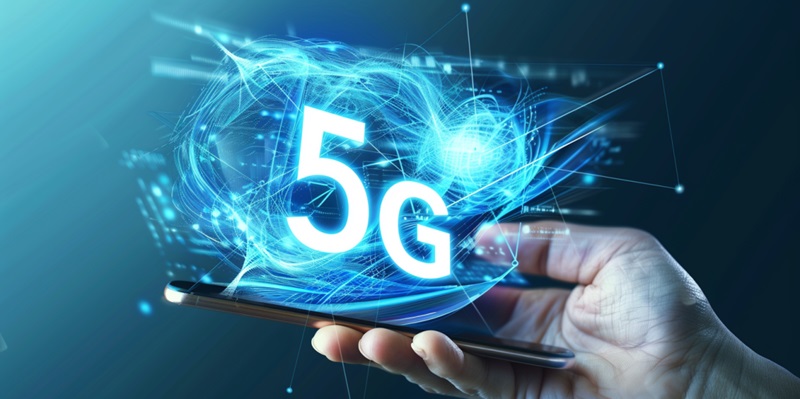5G is revolutionizing sports entertainment by providing fans with an experience that is almost like being right in the stadium. With its exceptional speed and minimal latency, 5G ensures fluid, ultra-high-definition streams, so audiences don’t miss any heart-stopping plays due to buffering. This advancement enriches the viewing experience with more camera angles and interactive options, significantly elevating the at-home sports experience.
Beyond enhancing standard broadcasts, 5G is facilitating cutting-edge AR and VR experiences. Sports enthusiasts can now ‘step’ onto the field virtually, accessing viewpoints that once required a physical presence. By embracing AR and VR, the line between spectators and live sports is blurred, offering an unprecedentedly immersive experience as fans dive into the action from the comfort of their homes. The 5G era is definitively reshaping how we connect with sports.
A New Dimension of Fan Experience
5G is transforming sports entertainment by inviting fans to move from passive watchers to active participants. Instant social sharing, on-demand multi-angle replays, selectable camera views, and interactive stats are just a few of the enhancements that improve the viewer’s experience. This technological shift is nurturing a participatory community atmosphere, enriching the modern sports narrative.
Additionally, the magic of 5G is woven into the fabric of stadium operations, refining functionalities like improved crowd management, digital ticketing, and smarter safety measures, all ensuring a smoother event experience. It also empowers player performance and strategy with rapid data analytics, offering fans deeper insights into the game.
Thus, 5G’s role in sports is two-fold, it is revolutionizing both spectator engagement and event operations, creating a comprehensive, technologically-entwined sports ecosystem.

